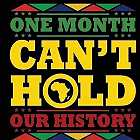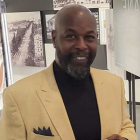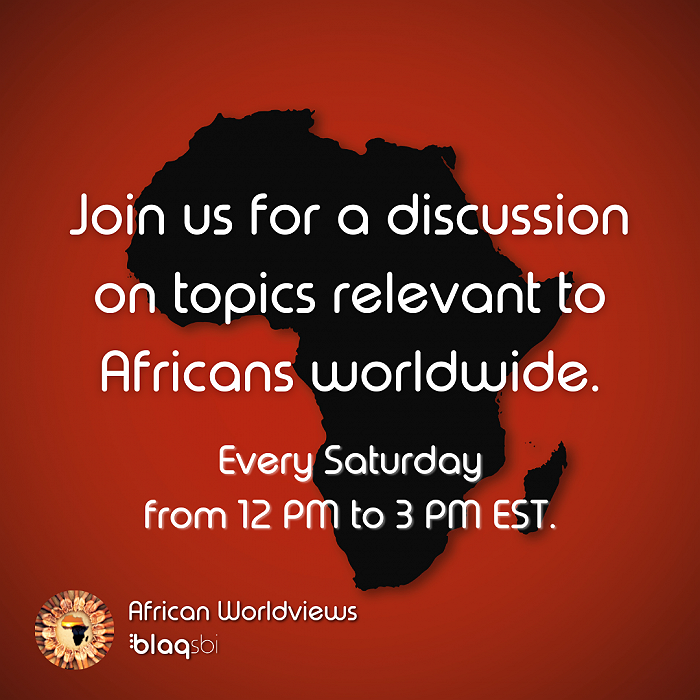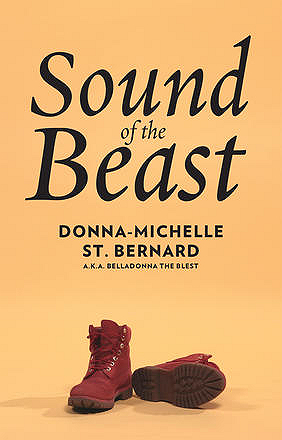IT BEGAN WITH US... WHAT YOU NEED TO KNOW!
Science and technology in Africa has unfolded since the dawn of human history.
The first evidence of tool use by our hominid ancestors is interred in valleys across Sub-Saharan Africa.
Currently, forty percent of African-born scientists live in OECD countries, predominantly NATO and EU countries.
This has been described as an African brain drain.
Homo sapiens sapiens or modern humans created bone tools and the back blade around 90,000 to 60,000 BCE, in Southern and East Africa.
Of course we have no idea how long humans have actually been on the planet and what we think now could be a fraction of the time!
It's now believed as far back as 400,000 years and many believe longer!, and information has been found to prove we’ve been here longer… Read here 📚
Just because we have found proof of 90,000 years ago but what of the evidence yet discovered!
Knowing how the planet has changed... Imagine what's under the sea yet discovered!
The use of bone tools and back blades became characteristic of later stone tool industries.
The appearance of abstract art is during this period.
The oldest abstract art in the world is a shell necklace dated 82,000 years in the Cave of Pigeons in Taforalt, eastern Morocco.
The second oldest abstract art and the oldest rock art is found in the Blombos Cave at the cape in South Africa, dated 77,000 years.
One of the world's oldest known archeoastronomical devices is located in the Nabta Playa basin.
About 1000 years older than Stonehenge, the device may served as a prehistoric calendar, which accurately marked the summer solstice.
Egyptians (North African's) were the first to develop a 365 day, 12 month calendar. It was a stellar calendar, created by observing the stars.
During the 12th century, the astrolabic quadrant was invented in Egypt.
Based on the translation of 14 Timbuktu manuscripts, the following points can be made about Timbuktu astronomical science:
•They made use of the Julian Calendar.
•Generally speaking, they had a helio-centric view of the solar system.
•Diagrams of planets and orbits made use of complex mathematical calculations.
•Developed algorithm that accurately orient Timbuktu to Mecca.
•They recorded astronomical events, including a meteor shower in August 1583.
During the golden age, It had a flourishing of astronomers including the emperor and scientist Askia Mohammad I.
Namoratunga a group of megaliths, dated 300 BCE, was used by Cushitic speaking people as an alignment with star systems tuned to a lunar calendar of 354 days. This discovery was made by B. N. Lynch and L. H. Robins of Michigan State University.
The Lebombo bone is the oldest known mathematical artifact.
It dates from >35,000 BCE and consists of 29 distinct notches that were deliberately cut into a baboon's fibula.
The Ishango bone is a bone tool, dated to the Upper Paleolithic era, about 18,000 to 20,000 BCE (possibly older).
It is a dark brown length of bone, the fibula of a baboon, with a sharp piece of quartz affixed to one end, perhaps for engraving or writing.
It was first thought to be a tally stick, as it has a series of tally marks carved in three columns running the length of the tool, but some scientists have suggested that the groupings of notches indicate a mathematical understanding that goes beyond counting.
These are the function postulated about the Ishango bones:
1. A tool for multiplication, division, and simple mathematical calculation.
2. A six-month lunar calendar.
3. a construct of a woman, keeping track of her menstrual cycle.
African's could perform the four basic mathematical operations—addition, subtraction, multiplication, and division—use fractions, compute the volumes of boxes and pyramids, and calculate the surface areas of rectangles, triangles, circles and even spheres.
They understood basic concepts of algebra and geometry, and could solve simple sets of simultaneous equations.
Mathematical notation was decimal, and based on hieroglyphic signs for each power of ten up to one million.
Each of these could be written as many times as necessary to add up to the desired number; so to write the number eighty or eight hundred, the symbol for ten or one hundred was written eight times respectively.
Because their methods of calculation could not handle most fractions with a numerator greater than one, ancient African fractions had to be written as the sum of several fractions.
Ancient African mathematicians had a grasp of the principles underlying the Pythagorean theorem, knowing, for example, that a triangle had a right angle opposite the hypotenuse when its sides were in a 3–4–5 ratio.
They were able to estimate the area of a circle by subtracting one-ninth from its diameter and squaring the result.
Based on engraved plans of Meroitic King Amanikhabali's pyramids, Nubians had a sophisticated understanding of mathematics and an appreciation of the harmonic ratio.
The engraved plans is indicative of much to be revealed about Nubian mathematics.
One of the major achievements found in Africa was the advance knowledge of fractal geometry and mathematics.
The knowledge of fractal geometry can be found in a wide aspect of African life from art, social design structures, architecture, to games, trade, and divination systems.
The binary numeral system was also widely known through africa before much of the world.
It has been theorized that it could have influence western geomancy which would lead to the development of the digital computer.
The earliest dating of iron in Sub-Saharan Africa is 2500 BCE at Egaro, west of Termit, making it contemporary to the Middle East.
In the Aïr Mountains region of Niger, copper smelting was independently developed between 3000 and 2500 BCE.
The undeveloped nature of the process indicates that it was not of foreign origin. Smelting in the region became mature around 1500 BCE.
Nubia was a major source of gold in the ancient world.
Gold was a major source of Kushitic wealth and power.
Gold was mined East of the Nile in Wadi Allaqi and Wadi Cabgaba.
Around 500 BCE, Nubia, in her Meroitic phase, became a major manufacturer and exporter of iron.
This was after being expelled from Egypt by Assyrians, who used iron weapons.
Besides being masters in iron, Africans were masters in gold, brass and bronze.
Ancient African physicians were renowned in the ancient Near East for their healing skills, and some, like Imhotep, remained famous long after their deaths.
Ancient African surgeons stitched wounds, set broken bones, and amputated diseased limbs, but they recognized that some injuries were so serious that they could only make the patient comfortable until he died.
African were the first to implement agriculture.
West Africans were probably the first people to start using the method of fish lines and hook in fishing.
The hooks were made of bone, hard wood, or shell between 16,000 to 9000 BCE.
Between 6500 and 3500 BCE knowledge of domesticated sorghum, castor beans, and two species of gourd spread from Africa to Asia, later pearl millet, black-eyed peas, watermellon and okra to the rest of the world.
Pottery was first made in the Sahel around 9000 to 8000 BCE, making it one of the earliest region of independent pottery development.
African's mastered Art, Agriculture, Astrology, Astronomy, Architecture, Metallurgy, The Cosomology of Kemetic Spirituality, Medicine, Mathmetics as well as many other sciences and technologies including domesticating animals!
Africans either developed or made significant contributions to every science and technology in existence!
OUR ANCESTORS DID GREAT THING'S... SO CAN WE!
REFOCUS YOUR ENERGY TOWARD EDUCATION AND CHANGE THE WORLD!!



















